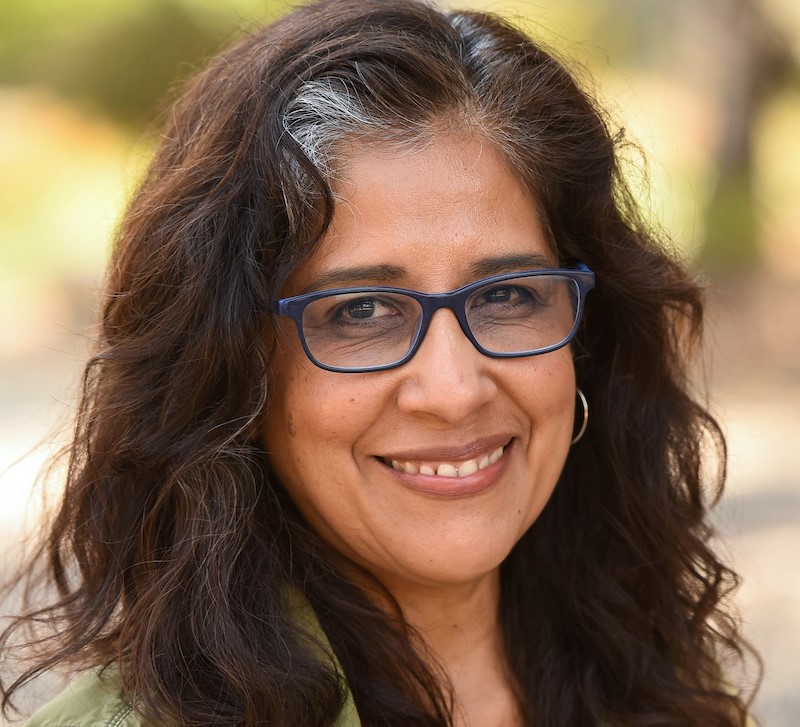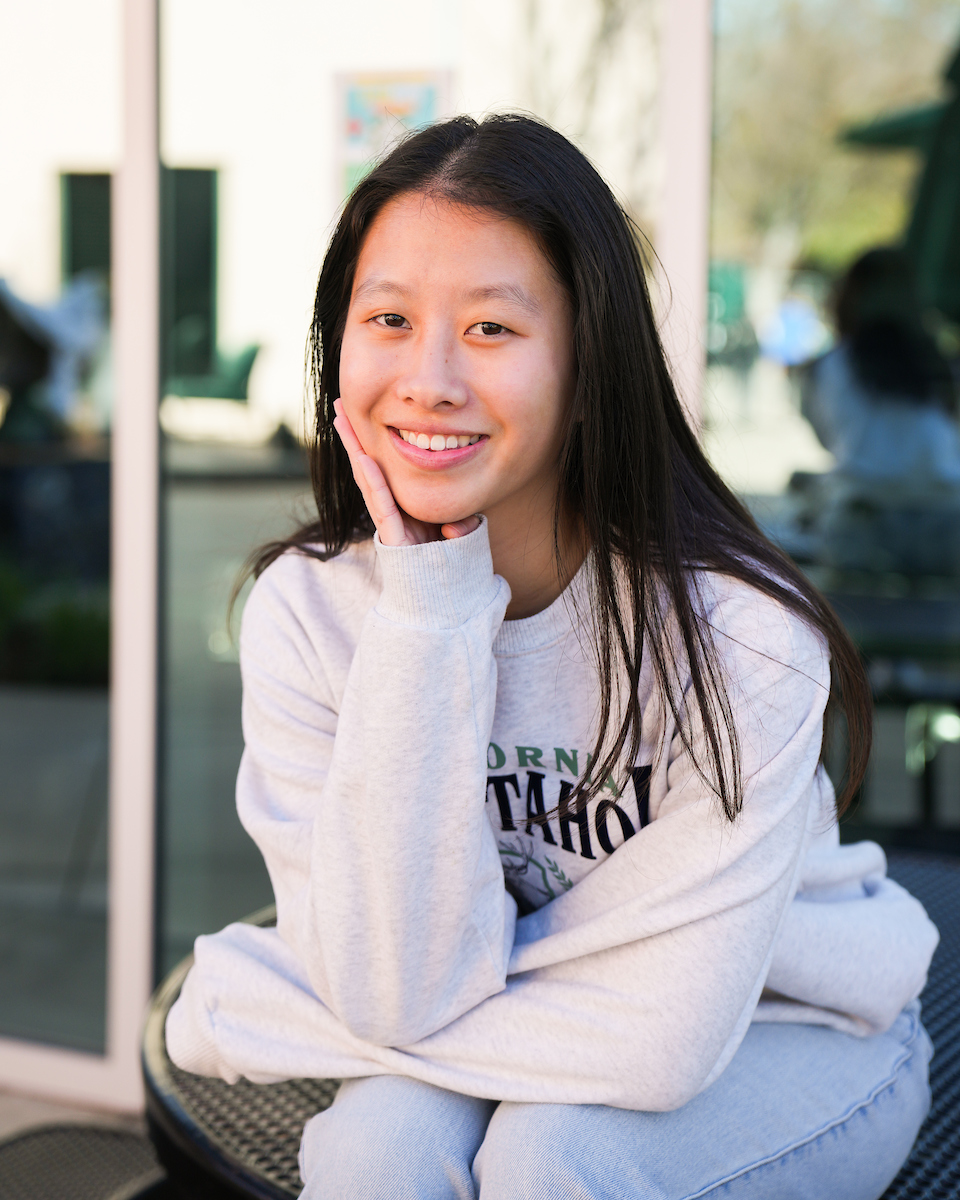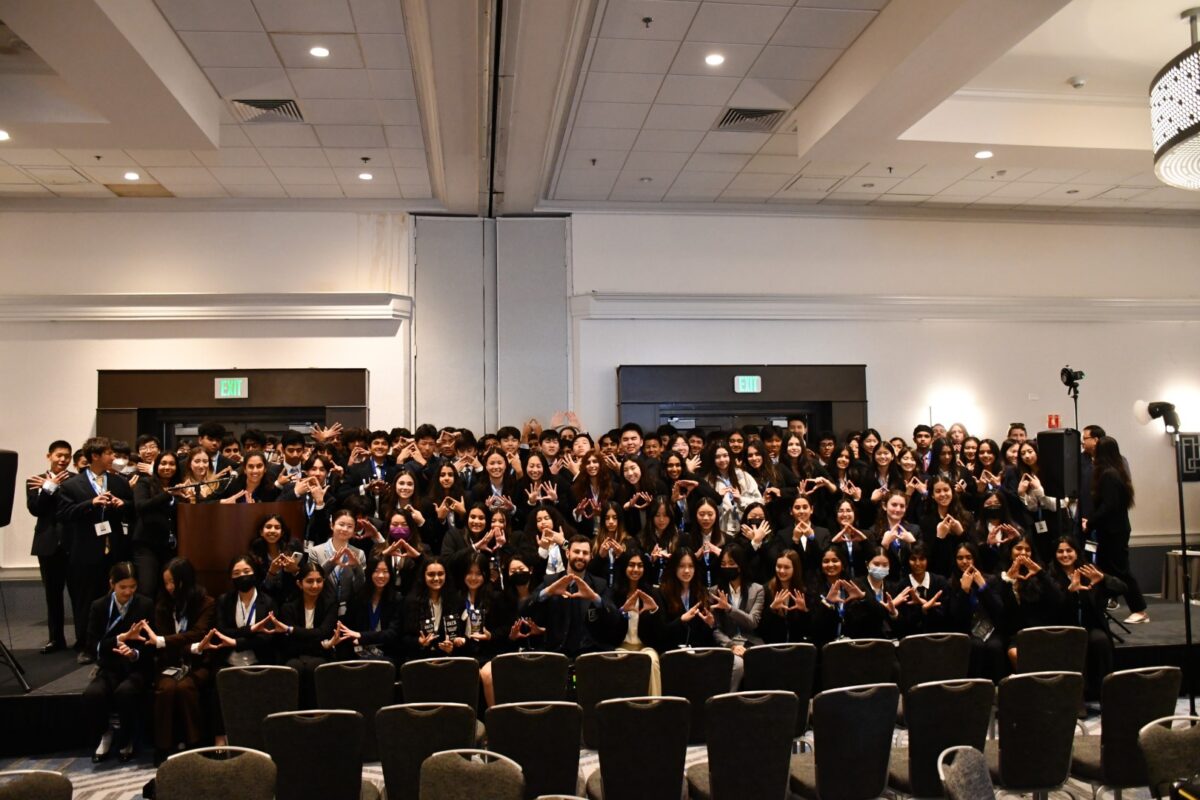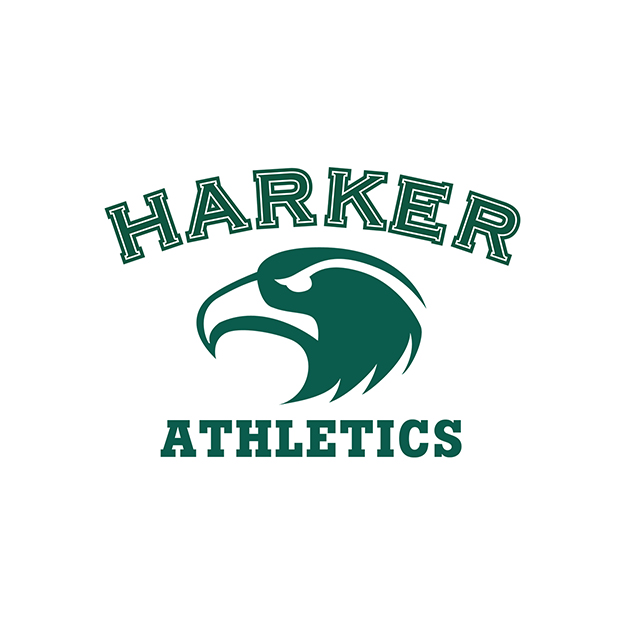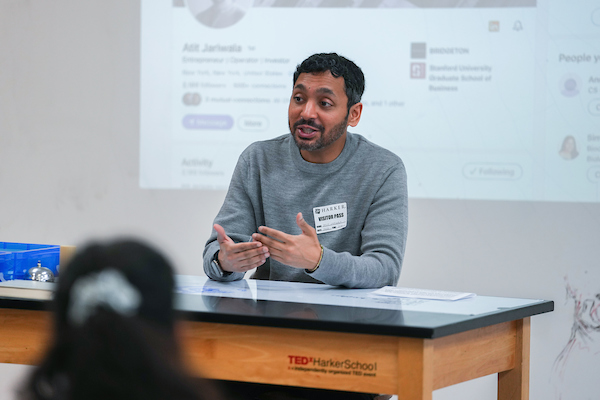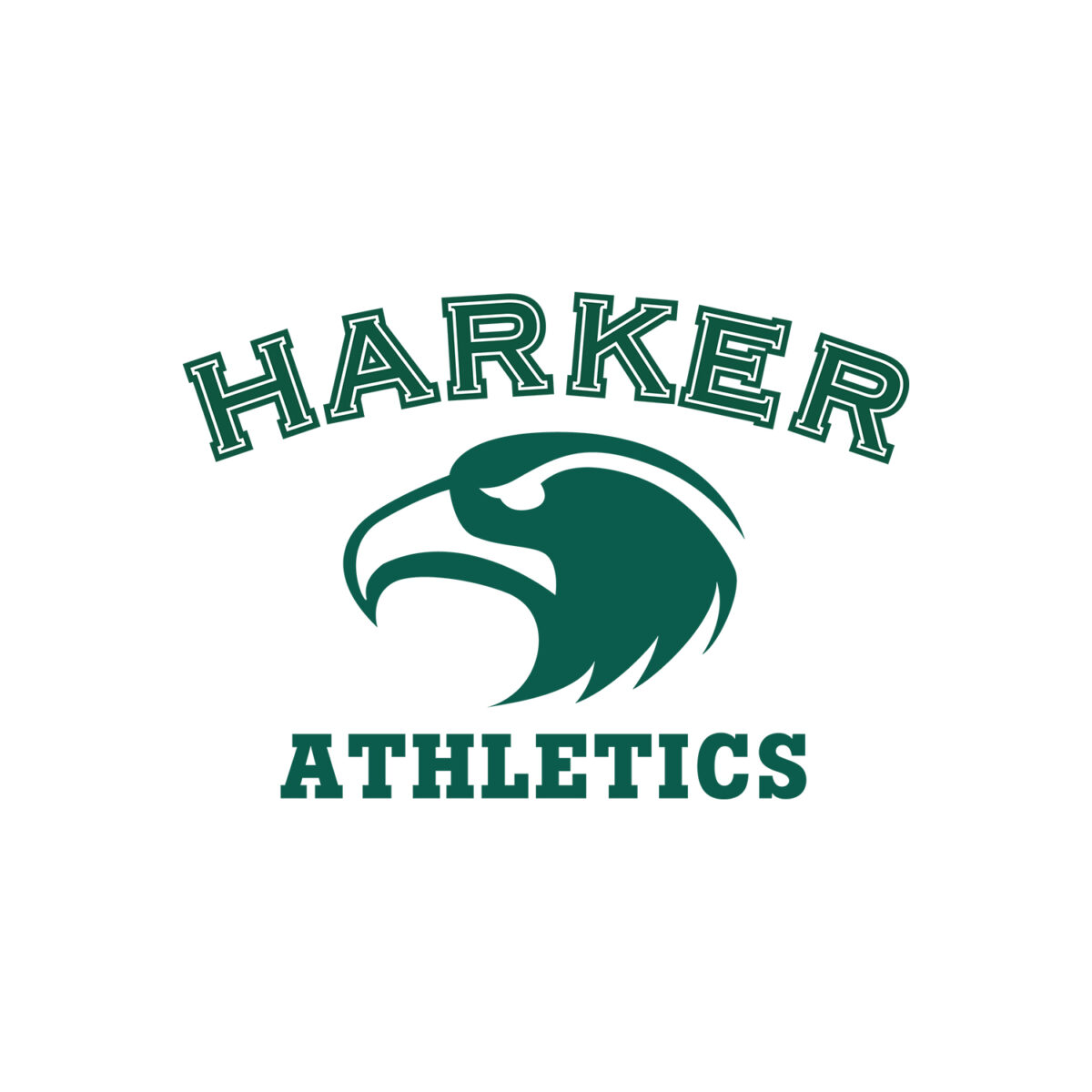Longtime upper school art teacher Pilar Agüero-Esparza was named one of the 12 most recent Bay Area artists to join the Fleischhacker Foundation’s Eureka Fellowship Program.
Upper School
Senior Sally Zhu named Regeneron finalist
She is now eligible to attend the final stage of the competition, to be held in Washington, D.C., in March.
15 Harker students honored at Berkeley Math Tournament
In November, 15 Harker students earned high marks on the Berkeley Math Tournament, held at UC Berkeley.
Harker DECA performs well at Silicon Valley Career Development Conference
More than 120 Harker DECA members attended the regional Silicon Valley Career Development Conference from Jan. 6-8.
Eagle Update: Boys basketball hoping to continue winning streak
The latest on your Harker Eagles!
Entrepreneur Atit Jariwala speaks at CareerConnect event
On Wednesday, Harker’s CareerConnect club hosted an event with entrepreneur and venture capitalist Atit Jariwala.
Eagle Update: Soccer and basketball showing up strong
The latest update on your Harker Eagles!
Student recognized for feature on pro basketball alum
Sophomore Emma Milner’s story on Robert Rothbart MS 2000 received a Best of SNO award from Student News Online.
Math Club wins Math Madness championship
The Harker Math Club, coached by upper school math teacher Anu Aiyer, has just won the fall 2022 high school Math Madness championship.
